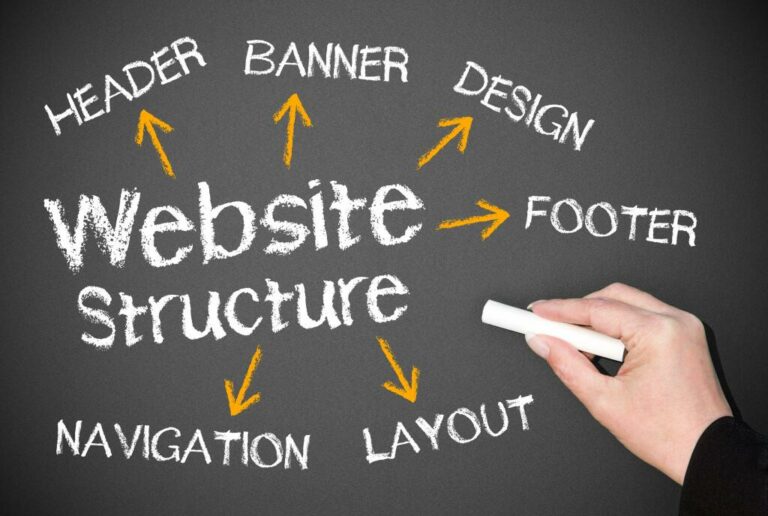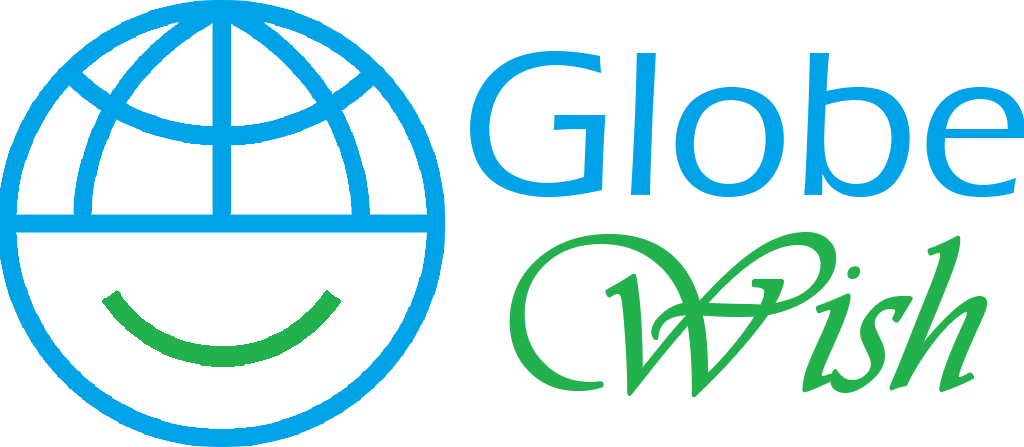Company leaders recognized the need to clarify which digital solutions could contribute to overall business needs and priorities, and where to focus transformation efforts to implement solutions at scale. To improve your team’s performance, the first step to your journey is to know where you’re starting from. To do this, Team Journeys is offering a free Team Assessment, wherein the results will be reported to you and will give you a clear picture of your team’s current development stage. The interventions we prescribe will depend on our findings during the assessment. In today’s corporate world, building efficient and effective teams is vital to the success of an organization.

This is where it’s important to level with individual contributors and truly get to know what’s going on. This is a great time to reflect on what makes a high-performing team able to accomplish tasks and move through obstacles. Your team needs to communicate clearly and, rely on one another rather than turn on each other. This is a crucial point in team development where leaders can pinpoint bottlenecks, areas of improvement and couple them with team strengths to build forward momentum.
How Can Leaders Initiate Team Development?
When you all work in the same location, it can be easier to hash out problems quickly. On a remote team, you need to be more thoughtful about the tools and the processes that you use to identify and deal with disagreements. To accommodate your remote teams and to make sure your first project team meeting is productive, use a video conferencing platform like Zoom. This way team members can meet from anywhere and share their screen so that everyone can see the project details simultaneously. Record and store the meeting in Teamwork.com so that team members can revisit it at any time if they need a reminder of the discussion.

If the team is successful in setting more flexible and inclusive norms and expectations, members should experience an increased sense of comfort in expressing their “real” ideas and feelings. Team members feel an increasing acceptance of others on the team, recognizing that the variety of opinions and experiences makes the team stronger and its product richer. Members start to feel part of a team and can take pleasure from the increased group cohesion. Reaching the performing stage is a major success and often precipitates some form of team learning. Team learning is a behavioral process of seeking, gathering, discussing, and implementing methods of team success.
Signs and questions to look out for in the performing stage
Norms are effective because team members want to support the team and preserve relationships in the team, and when norms are violated, there is peer pressure or sanctions to enforce compliance. Should a conflict ever arise, your team will also know what steps to take to get this conflict resolved. Strong communication skills are the backbone of conflict resolution.
- Members feel confident in their individual abilities and those of their teammates.
- Mature team members begin to model appropriate behavior even at this early phase.
- Whether stuck in pilot purgatory or under mounting pressure to demonstrate returns, companies can become dispirited and discouraged.
- Lots of tools offer free trials, so use that time to experiment and check its compatibility with other products you use.
- Members will generally be excited about their work and find satisfaction in the results.
- In the example above, seeing a dog and labeling it “dog” is a case of assimilating the animal into the child’s dog schema.
Encourage team members to develop a schedule filled with large blocks of time that are free from interruptions like meetings or check-ins. In this world of constant notifications, it’s easy for people to get derailed and forget which goals are really important. This is especially important for creative and development teams.
More Resources on Team Development
During the sensorimotor stage, children go through a period of dramatic growth and learning. As kids interact with their environment, they continually make new discoveries about how the world works. Piaget proposed that intelligence grows and develops through a series of stages. Older children do not just think more quickly than younger children. Instead, there are both qualitative and quantitative differences between the thinking of young children versus older children.

The process of taking in new information into our already existing schemas is known as assimilation. The process is somewhat subjective because we tend to modify experiences and information slightly to fit in with our preexisting beliefs. In the example above, seeing a dog and labeling it “dog” is a case of assimilating the animal into the child’s dog schema. Piaget suggested several factors that influence how children learn and grow. While thinking becomes much more logical during the concrete operational state, it can also be very rigid.
All Plans
Another part of adaptation is the ability to change existing schemas in light of new information; this process is known as accommodation. A schema describes both the mental and physical actions involved in understanding and knowing. Schemas are categories of knowledge that help us to interpret and understand the world. She also asks each member to write a brief evaluation of the team experience. She explains that this will help her become a better leader in the future.
With remote teams, it’s easy to run on assumptions until you’re almost up against a deadline — and then you discover that you didn’t get the outcome you needed. Help your team check in with each other by holding daily stand-up meetings or mid-week progress reports to see if everyone is on track and has the materials they need. Any insights should be shared in a public forum so everyone in the company can learn. How did you know what behaviors were acceptable or what level of performance was required? Teams usually develop norms that guide the activities of team members. Team norms set a standard for behavior, attitude, and performance that all team members are expected to follow.
Your Team Development Partner
Everyone knows the challenges of coordinating a team – no matter how small the size or how miniscule the project, conflict will arise in some form. In the performing stage, you’ll notice fluidity with communication and overall conversations. This is demonstrated through high morale, productivity and engagement. It’s an ideal state for any manager to witness their team’s growth and ask reflective questions. The performing stage is a clear indication that your team is in a state of alignment.
Supervisors during this phase may be more accessible, but tend to remain directive in their guidance of decision-making and professional behaviour. The team members will therefore resolve their differences and members will be able to participate with one another more comfortably. The ideal is that they will not feel that they are being judged, and will therefore share their opinions and views. what are the four stages of team development In conclusion, the five stages of team development provide a roadmap for successful team building and management, helping leaders to build high-performing and cohesive teams that achieve their objectives. Norms result from the interaction of team members during the development process. Initially, during the forming and storming stages, norms focus on expectations for attendance and commitment.
The agile guide to winning at team development
Best of all, teams at this stage will largely be able to manage themselves, resolve their own conflicts and act collectively, as a whole. You may even be able to turn over some of the day-to-day leadership to a team member. Whatever the name or type may be, every team starts somewhere. And its success or failure very much hinges on the knowledge and skill of its leadership.
